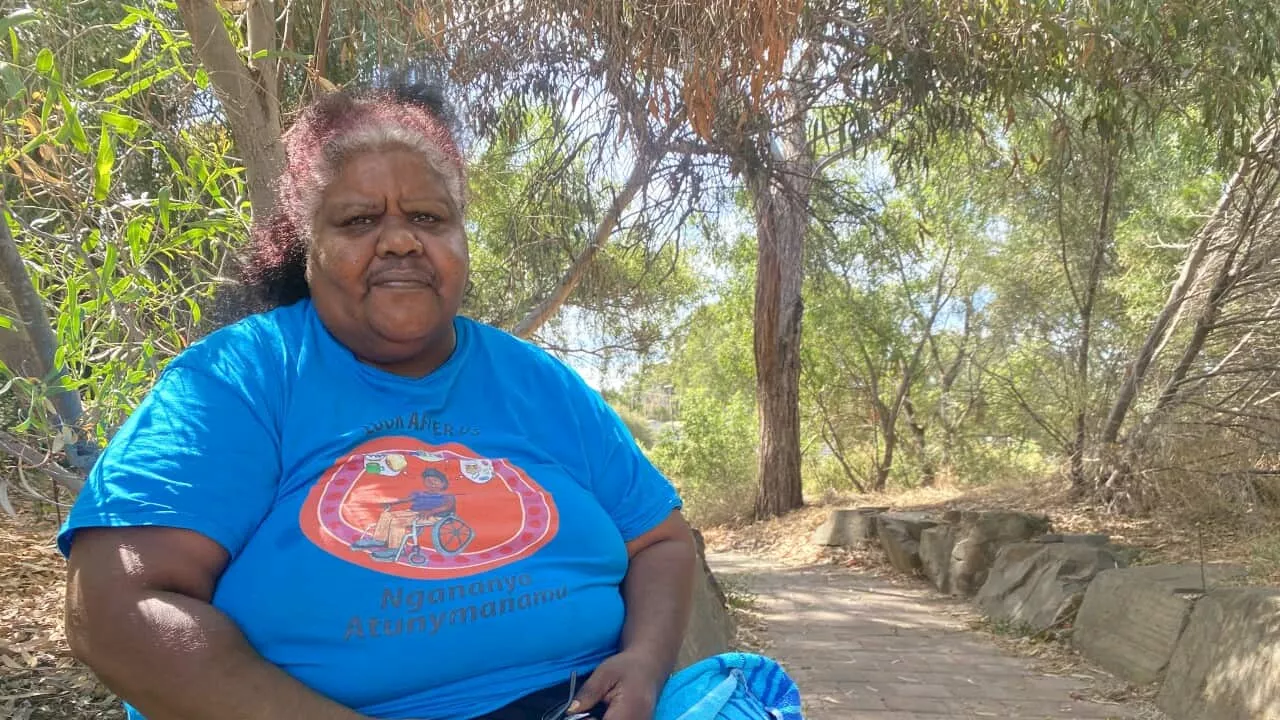Many of those who sign up are from regional or remote communities, speak English as a second or third language and have limited access to clothing, household goods and services
Lucy* is from a remote Aboriginal community in the Northern Territory and her first language is Galpu. She’s a long-term recipient of Centrelink payments.to make automatic deductions from her income to pay for her Telstra landline. She was in credit on her Telstra bill within two months and eventually built up a credit of more than $6,300 by 2013, when the automated payments stopped.
Sign up for Guardian Australia’s free morning and afternoon email newsletters for your daily news roundup Many of those who signed up for plans were, like Lucy, from regional or remote communities, spoke English as a second or third language and, because their access to clothing, household goods and services was limited, used Centrepay arrangements to meet their expenses.
It currently has more than 620,000 users. A large percentage of them are receiving disability support payments. Almost a third are Aboriginal people, predominantly women, from remote areas, receiving jobseeker or parenting payments.There are now more than 15,000 companies approved to access Centrepay, which facilitated 23.7 million transactions last year worth $2.7bn. Each transaction incurs a 99c fee, paid to the government by businesses using the system.
The group, led by the Financial Rights Legal Centre, said Aboriginal people were seeking food and emergency relief because they were in debt to multiple businesses, each of which had access to Centrepay to take what they were owed before the money lands in their customers’ accounts.In May 2021 Telstra was fined $50m for signing up more than 100 Indigenous Australians to mobile phone contracts they did not understand and could not afford.
She says she had heard a lot about Centrepay because “a lot of families went through them”, and signed a contract to pay $86 a fortnight. She didn’t receive a copy of the contract, she says. When her automated payments were interrupted in 2022, Denise says, the company “started putting threats on me”.She didn’t know why the payments had stopped but agreed to resume paying them after the company told her it would “take her to court” if she didn’t complete the contract.
Denise says she is now settled in her own home and no longer needs rent-to buy schemes to obtain the things she needs. But she says family members in remote areas rely on Centrepay to rent-to-buy goods they can’t get locally, including fridges and washing machines – big items that are expensive to ship to remote communities.“It’s much easier for older people, they don’t have to ring the bank,” she says. “Because there’s no bank up in the remote areas.
Singapore Latest News, Singapore Headlines
Similar News:You can also read news stories similar to this one that we have collected from other news sources.
 Proof English great’s Aussie fear remains; Kiwi erases unwanted tag: Talking PointsCricket: Catch all the action as Australia took on New Zealand during day three of their first Test, in New Zealand.
Proof English great’s Aussie fear remains; Kiwi erases unwanted tag: Talking PointsCricket: Catch all the action as Australia took on New Zealand during day three of their first Test, in New Zealand.
Read more »
 Indigenous artefacts returned to traditional owners after spending 100 years on North Queensland cane farmIn the cane fields of North Queensland, these Indigenous artefacts lay hidden. Now that they have been returned, traditional owners hope more will follow.
Indigenous artefacts returned to traditional owners after spending 100 years on North Queensland cane farmIn the cane fields of North Queensland, these Indigenous artefacts lay hidden. Now that they have been returned, traditional owners hope more will follow.
Read more »
 SBS News in Easy English 15 March 2024A daily five minute news wrap for English learners and people with disability.
SBS News in Easy English 15 March 2024A daily five minute news wrap for English learners and people with disability.
Read more »
 From referendum failure to fresh start: The state electing the first Indigenous VoiceSouth Australia is going ahead with a Voice to Parliament despite the failure of the federal referendum. Could the model be adopted by other states and territories?
From referendum failure to fresh start: The state electing the first Indigenous VoiceSouth Australia is going ahead with a Voice to Parliament despite the failure of the federal referendum. Could the model be adopted by other states and territories?
Read more »
 How Chloe fuses an Indigenous upbringing with her Muslim faithChloe Cowan, an Australian Indigenous Muslim woman, says marking Ramadan is an opportunity to embrace spirituality and foster cross-cultural connection.
How Chloe fuses an Indigenous upbringing with her Muslim faithChloe Cowan, an Australian Indigenous Muslim woman, says marking Ramadan is an opportunity to embrace spirituality and foster cross-cultural connection.
Read more »
 SBS News in Easy English 13 March 2024A daily five minute news wrap for English learners and people with disability.
SBS News in Easy English 13 March 2024A daily five minute news wrap for English learners and people with disability.
Read more »
